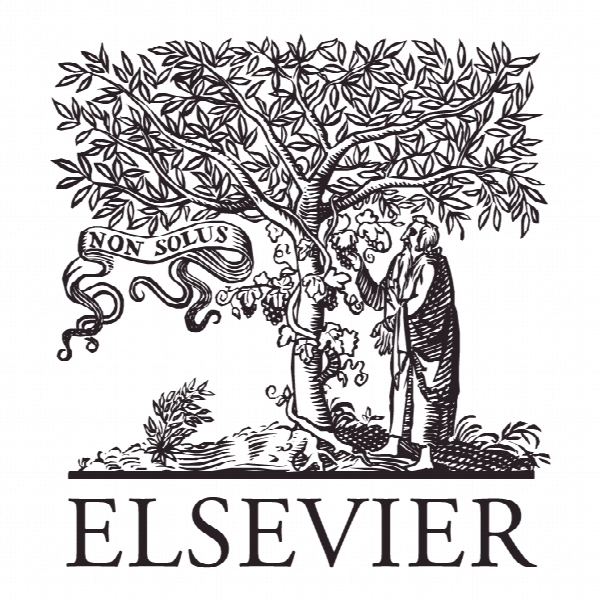تغییر شخصیت از طریق کار: یک مدل کنترل تقاضای شغلی تغییرات شخصیتی پنج گانه Personality change via work: A job demand-control model of big-five personality changes
- نوع فایل : کتاب
- زبان : انگلیسی
- ناشر : Elsevier
- چاپ و سال / کشور: 2017
توضیحات
رشته های مرتبط روانشناسی و مدیریت
گرایش های مرتبط روانشناسی صنعتی و سازمانی، منابع انسانی و روابط کار
مجله رفتار حرفه ای – Journal of Vocational Behavior
دانشگاه گروه مدیریت، دانشکده اقتصاد و علوم سیاسی لندن، انگلستان
نشریه نشریه الزویر
گرایش های مرتبط روانشناسی صنعتی و سازمانی، منابع انسانی و روابط کار
مجله رفتار حرفه ای – Journal of Vocational Behavior
دانشگاه گروه مدیریت، دانشکده اقتصاد و علوم سیاسی لندن، انگلستان
نشریه نشریه الزویر
Description
Personality change via work: A job demand-control model of big-five personality changes Big-five personality traits have been widely regarded as static dispositional characteristics that cannot change (McCrae & Costa, 2008). Nevertheless, recent studies have indicated that people change their big-five traits across their life span, even in adulthood (e.g., Roberts, Walton, & Viechtbauer, 2006). To explain why such changes would occur, especially in adulthood, work environment/experiences have been proposed and were found to be a factor driving personality change (e.g., Höge, 2009; Hudson, Roberts, & Lodi-Smith, 2012; Lodi-Smith & Roberts, 2007). This change occurs because work is a major part of adult life, and work environment/experiences can shape one’s values, social roles and activities on a daily basis. Over a period of time, experiences at work will shape how an individual thinks, feels and behaves that gradually become enduring attributes of one’s personality (Frese, 1982; Li, Fay, Frese, Harms, & Gao, 2014; Wu, Griffin, & Parker, 2015), suggesting a bottom-up process in driving personality change. However, findings have demonstrated null effects of work environment/experiences on personality development (e.g., Sutin & Costa, 2010). These mixed findings suggested the need to delve more deeply into the role of work in shaping personality change over time. If we looked into the research design of previous research, we would not be surprised to observe different findings on the role of environment/experiences on personality change in various studies. Previous research used different time lags and work-related constructs, factors that can result in different findings. For example, in terms of time lag, Hudson et al. (2012) used 2.5 years, Sutin and Costa (2010) used 10 years and Höge (2009) used 15 years. In terms of research variables, Hudson et al. (2012) focused on attitudinal and behavioral work-related constructs (e.g., job involvement and organizational citizenship behaviors); Sutin and Costa (2010) focused on job characteristics only (e.g., decision latitude and job demand); and Höge (2009) focused on occupational characteristics based on Holland’s (1959) framework. In other words, these studies do not share a research design and, thus, can result in different findings.


